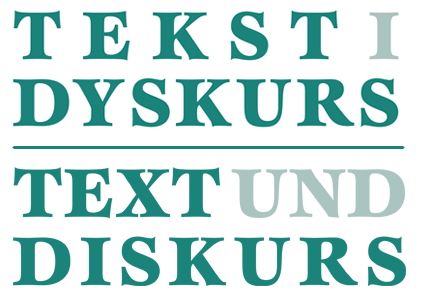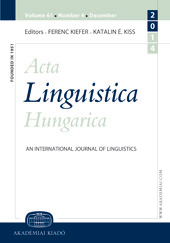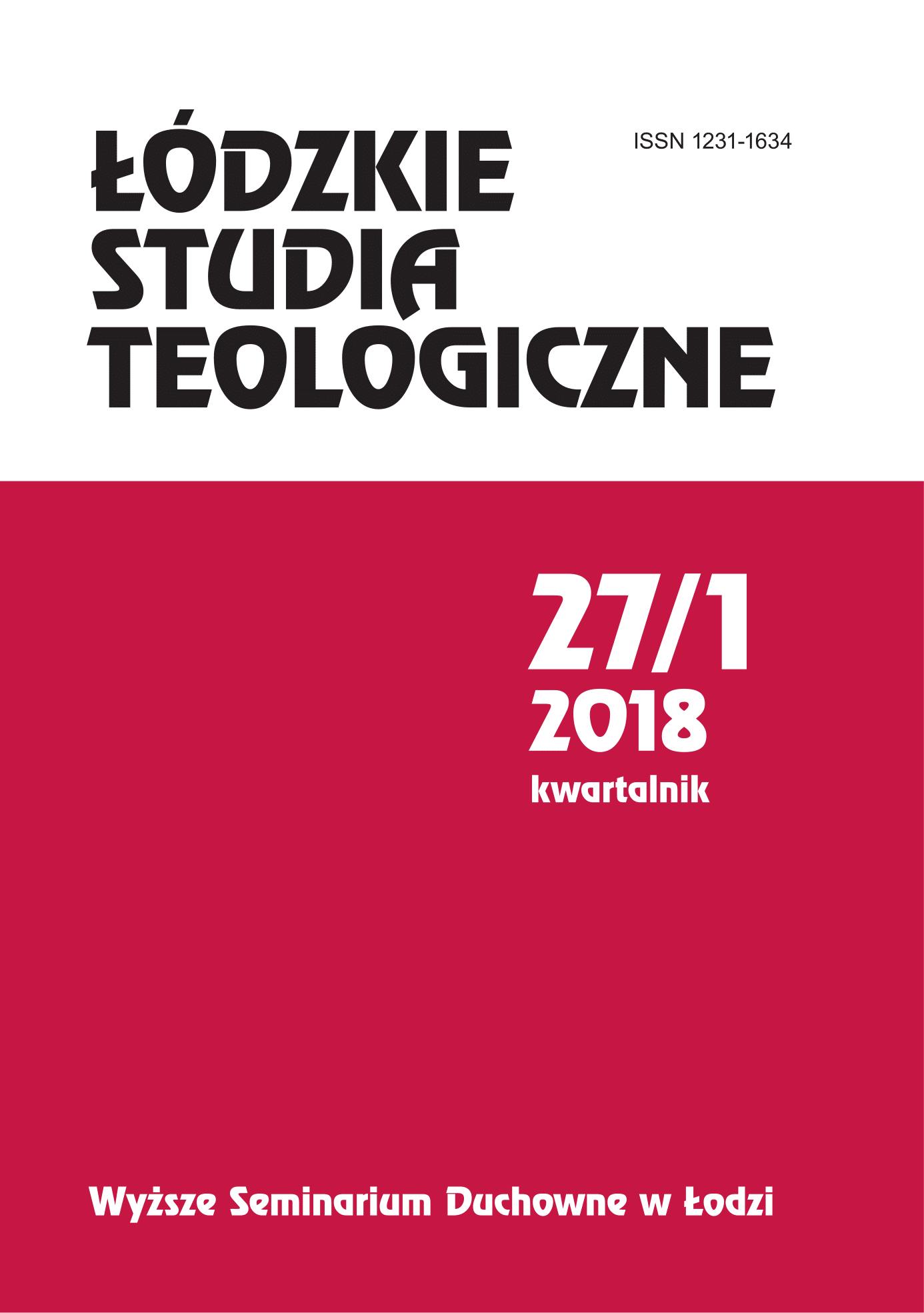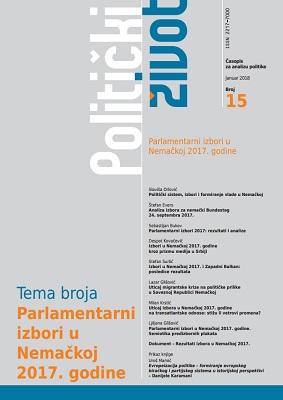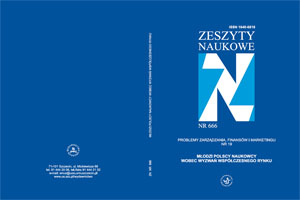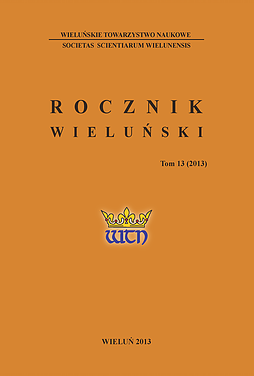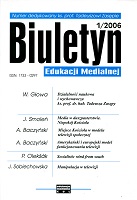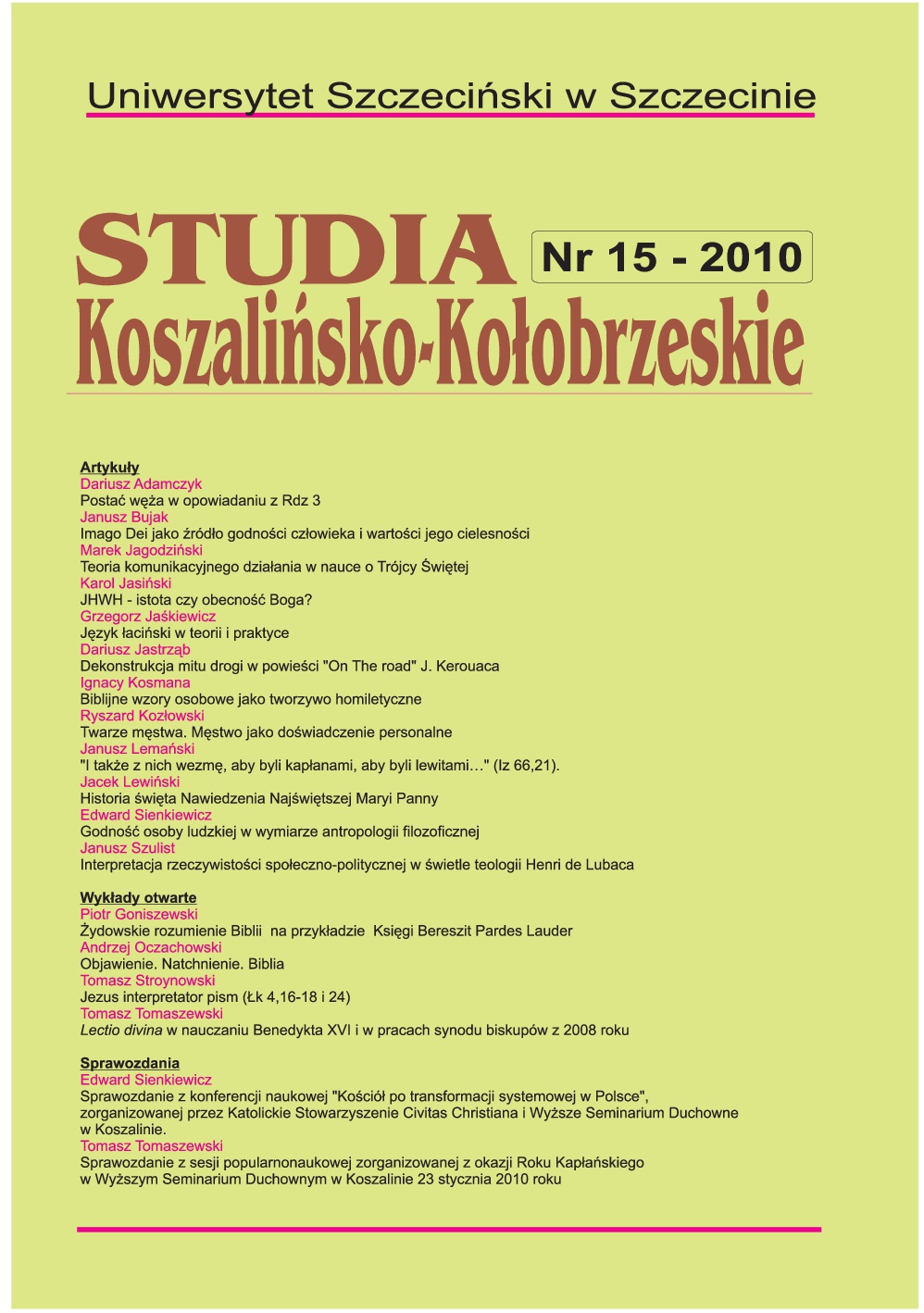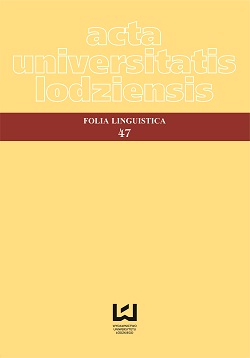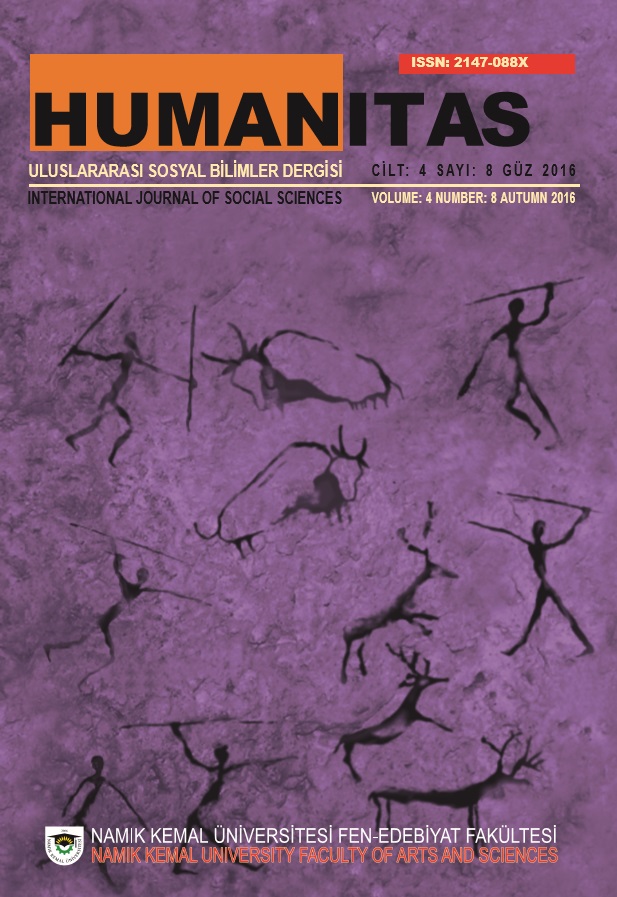
VERS UNE THEORIE SOCIALE DE L'INTERPRETATION
The starting point of this article is the concept of deverbalization, which belongs to the so-called Ecole de Paris. Their theory decomposes the translation process into three phases: understanding (or comprehension), deverbalization and re-expression. This particular phase called “deverbalization” still raises many theoretical issues. In particular, the nature of its support (verbal or not), its voluntary nature itself or the way in which context is instrumental to construct the meaning. This interdisciplinary research uses recent results from cognitive sciences, translation studies, and sociology of communication to find building blocks for a broader theory answering these questions. Among those answers, we believe that Alain Eraly's social theory of communication has a privileged place. As a matter of fact, it allows us to deconstruct the classical “emitter-receiver” model; it provides a theoretical model integrating verbal and non-verbal dimensions into the meaning of any communication, and focuses on social interactions as a critical dimension to help interpreters in their profession. Among others, we underline the importance of empathy and anticipation to link different disciplines like theory of communication, sociology and conference interpreting. The aim of this article is to present this theory and to show how it can reshape the theory, practice and teaching of conference interpreting.
More...

